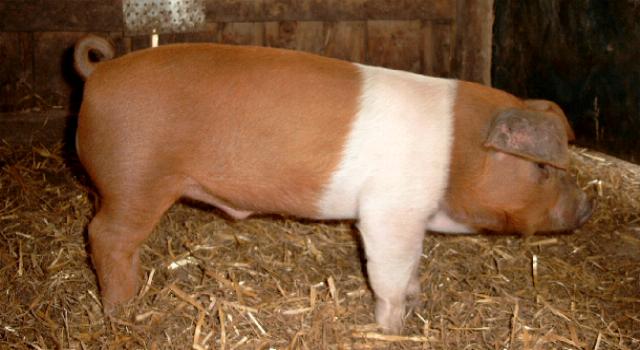Hidden Flags August 12, 2014
Author: Beach Combing | in : Contemporary, Modern , trackbackThere’s a scene in that very good Powell and Pressburger film One of Our Aircraft is Missing (1942), where downed British pilots in occupied Holland establish the loyalty of their hosts through a trick commode. A line of orange flowers (the Dutch colour) leads to a swing picture that reveals a disguised portrait of the queen of Netherlands (then in exile) in all her glory. In times of war and occupation, of course, it is natural that national symbols, flags and the like should be hidden: sometimes because they are illegal, sometimes because they invite unwelcome attention from the occupiers. Beach has a small file of hidden flags that have been used to bypass the enemy and to communicate a message to fellow patriots: everything from rosemary among the Levellers to green ribbons in the IRA (‘wherever green is worn’). Elizabeth Barrett Browning, for example, had her room in Casa Guidi in Florence decorated with the colours of the Italian flag: in the early mid nineteenth-century in the Grand Duchy and Austrian Italy the possession of the tricolour, even possession of a hair ribbon with those colours could lead to imprisonment. In the Soviet Union it was often illegal to use the flags of those countries that had been eaten and only partly digested by communist Russia. Some subject states went to unusual lengths to keep the flag though in the mind of the people without antagonising the authorities overly. One notable meeting in Estonia, for example, included the three colours of the Estonian flag flown next to each other: blue, black and white. No one could say that this was the Estonian flag in a court of law… (A thought apart: in circumstances where flags are banned the appearance of said flag must set off sensation fireworks in a way that those of us accustomed to the Stars and Stripes or the Union Jack or one of Europe’s more boring tricolours will never really be able to understand.) The absolutely most precious hidden flag is surely that of the danske protestsvin, a breed of pig that was used by Danes, particularly those in Schleswig-Holstein to show their ‘true colours’ towards Prussian and later German expansionism. It is red with a vertical white line in its middle parts, remarkably like the Danish flag. Moustached German colonels frowning as they walked past the sties must have made the breeding worthwhile: thanks to Invisible for this reference. Other hidden flags: drbeachcombing At yahoo DOT com. Some flags are presumably easier to hide than others. How could you even start to represent a complicated flag like that of the US or Tibet or Australia or, for that matter, the Confederacy?
17 Aug 2014: Nathaniel points out that the Hawaiian flag effectively hid two in one.



